Australia Australia’s History 1606-Dutch, Portuguese, and Spanish ships

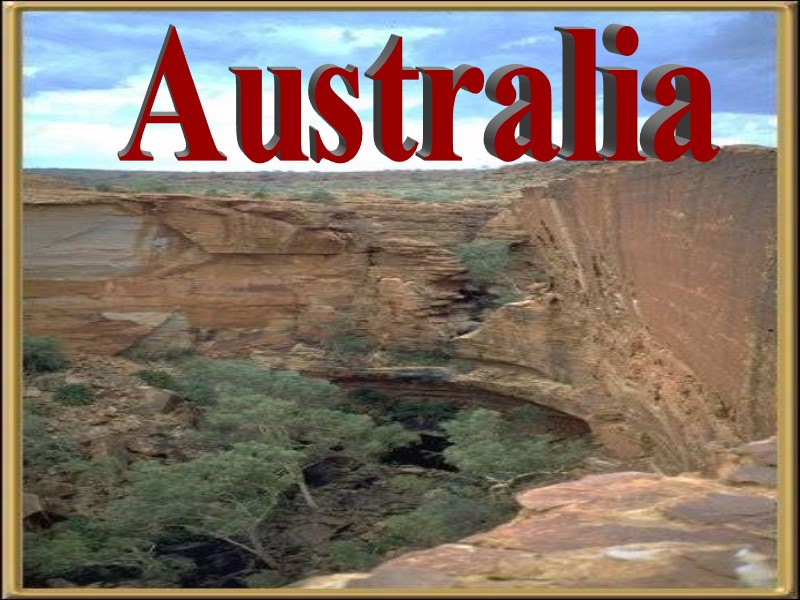
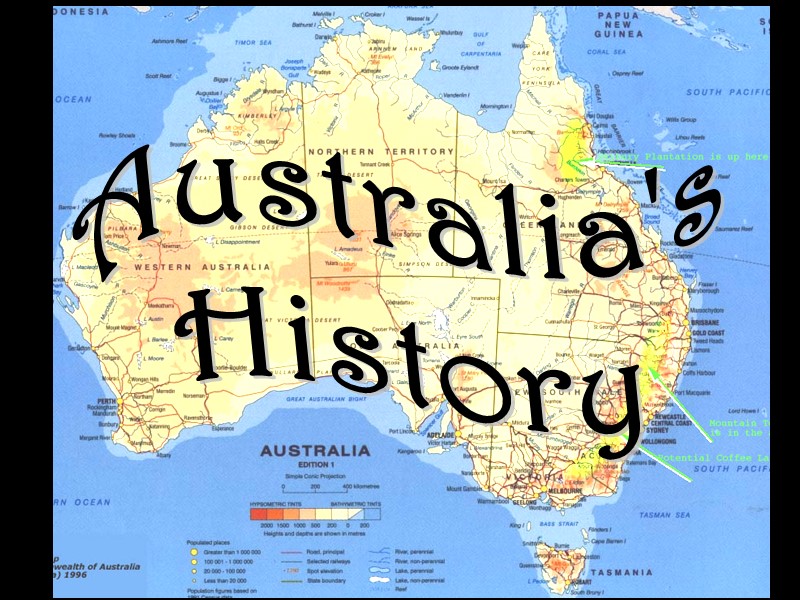
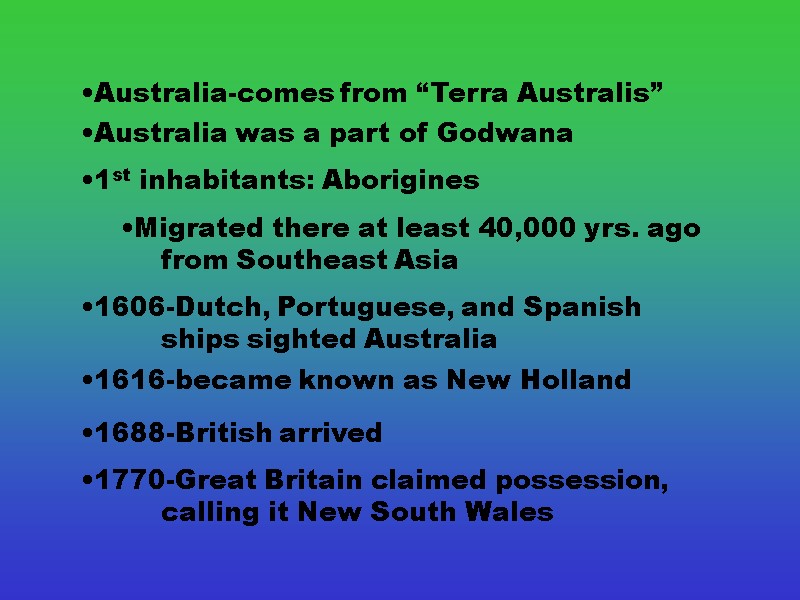
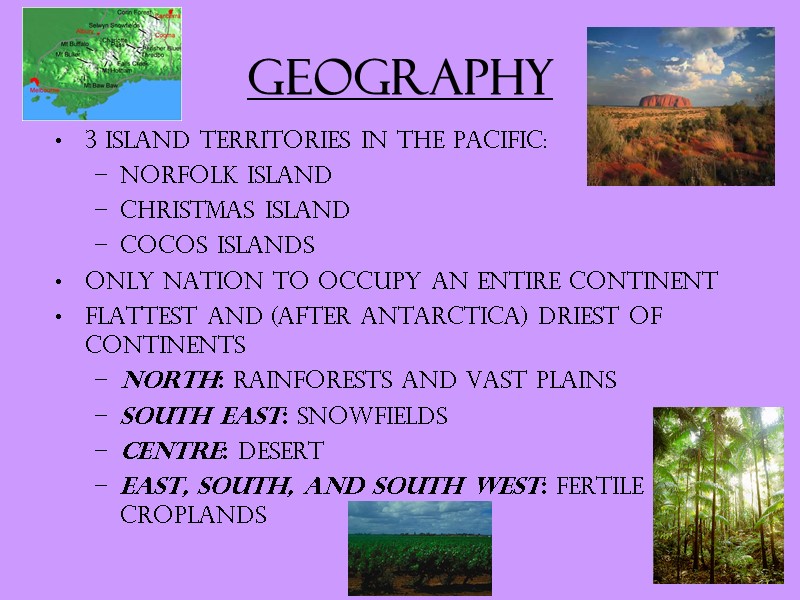
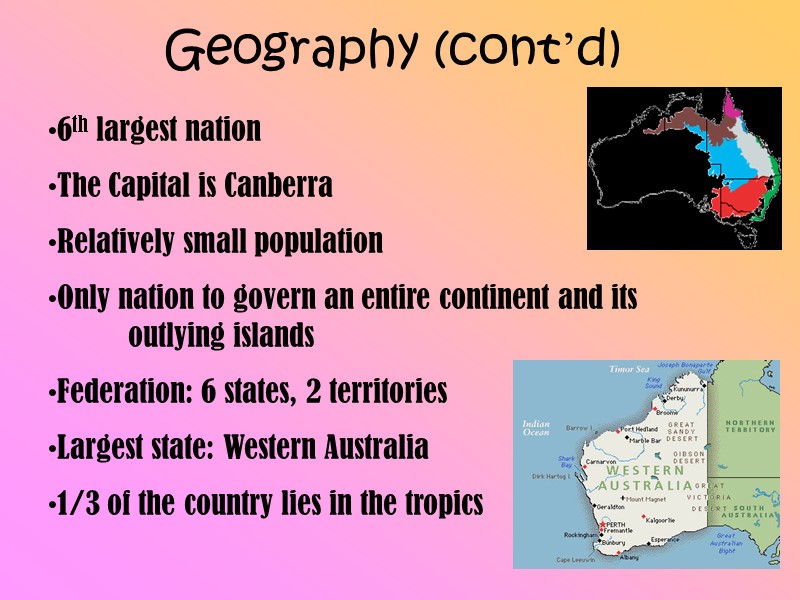
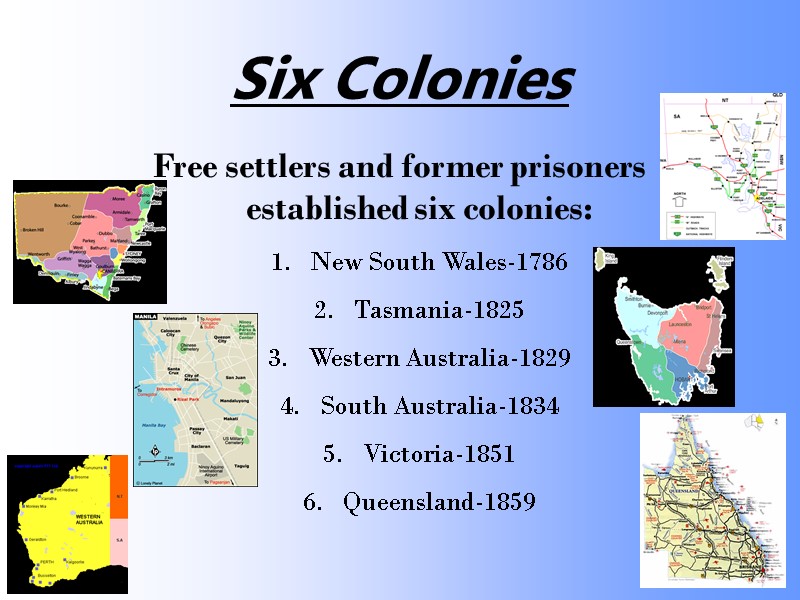
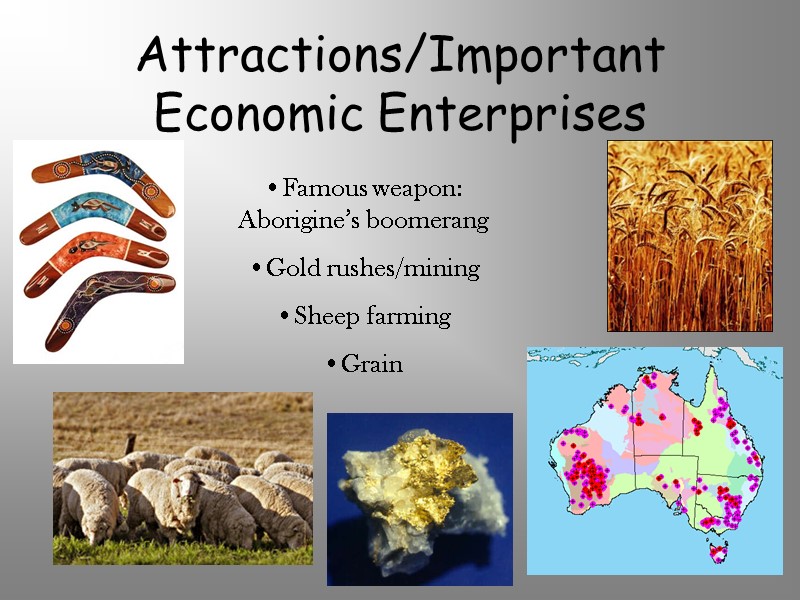
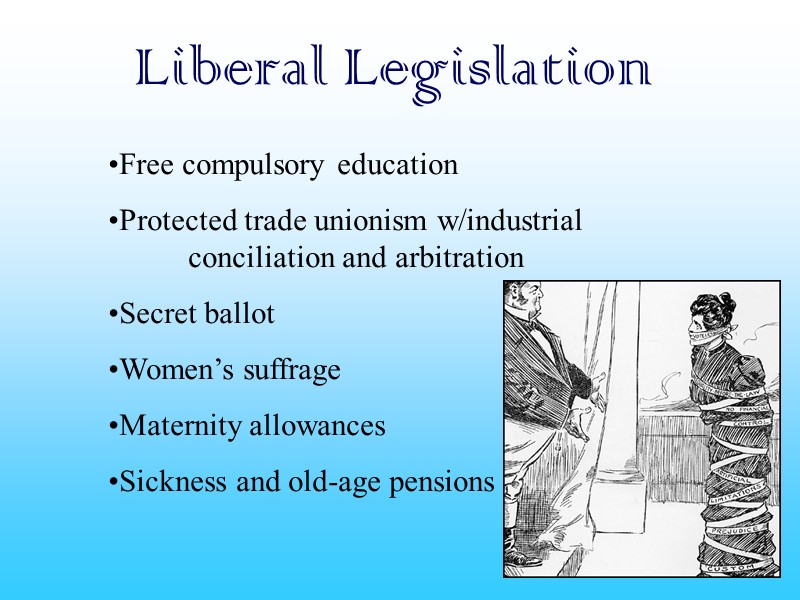
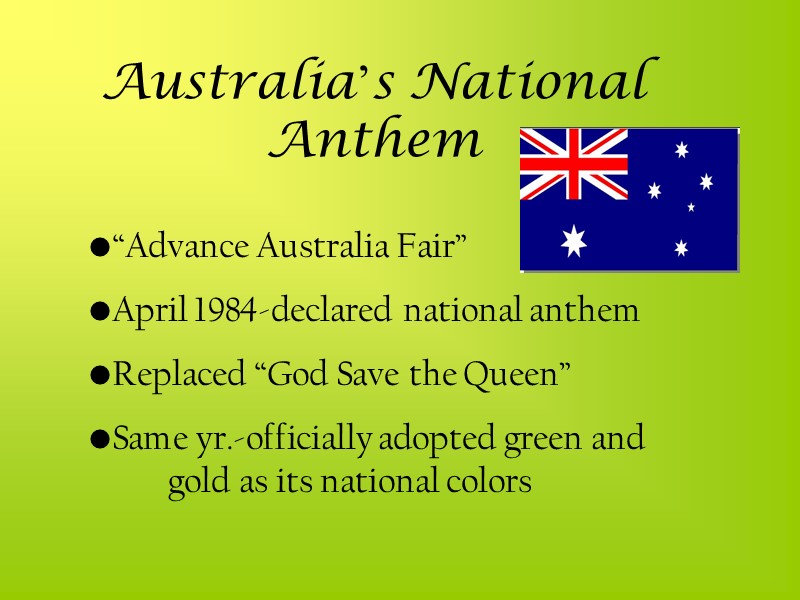
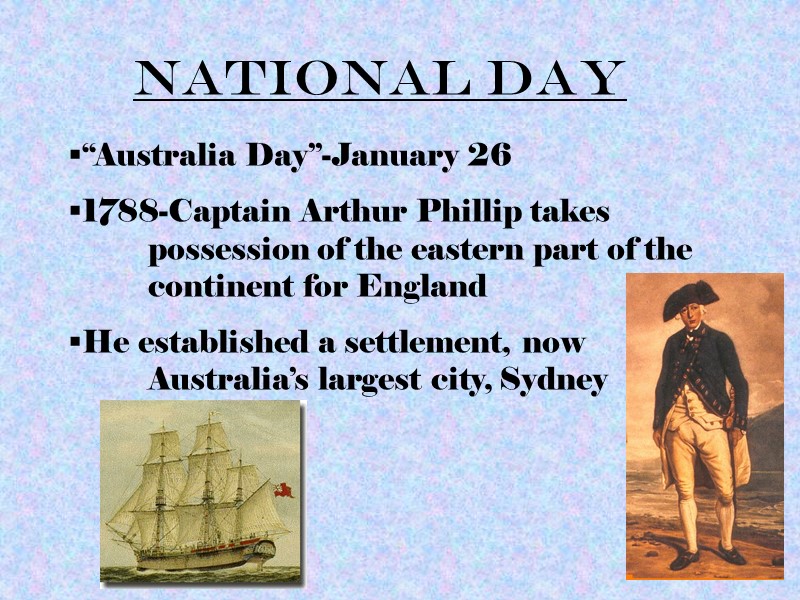
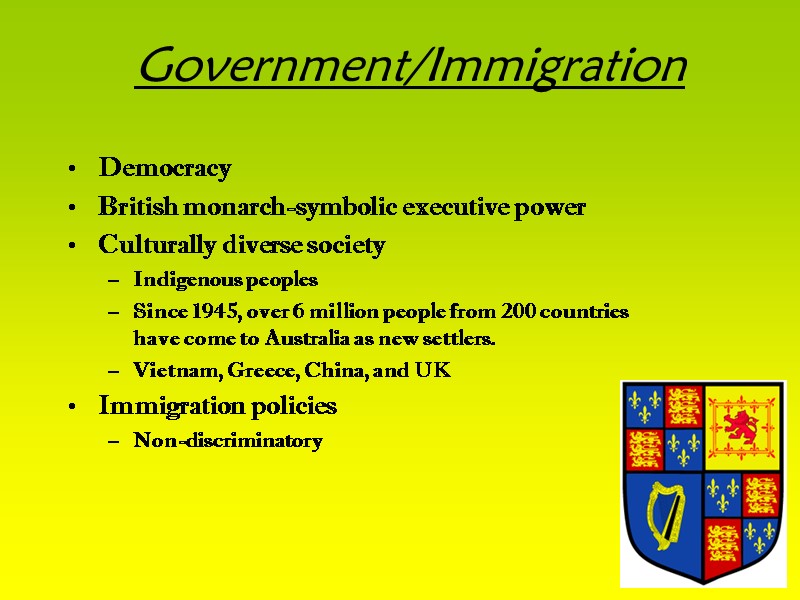

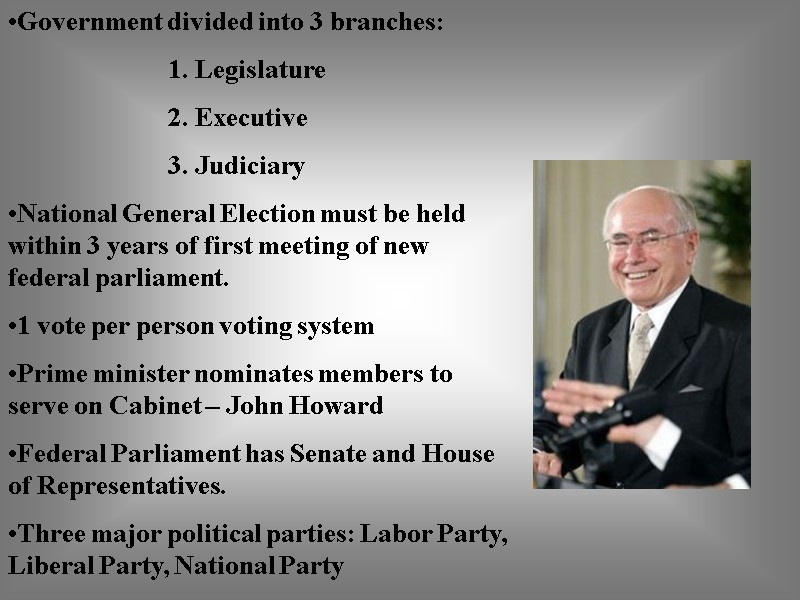
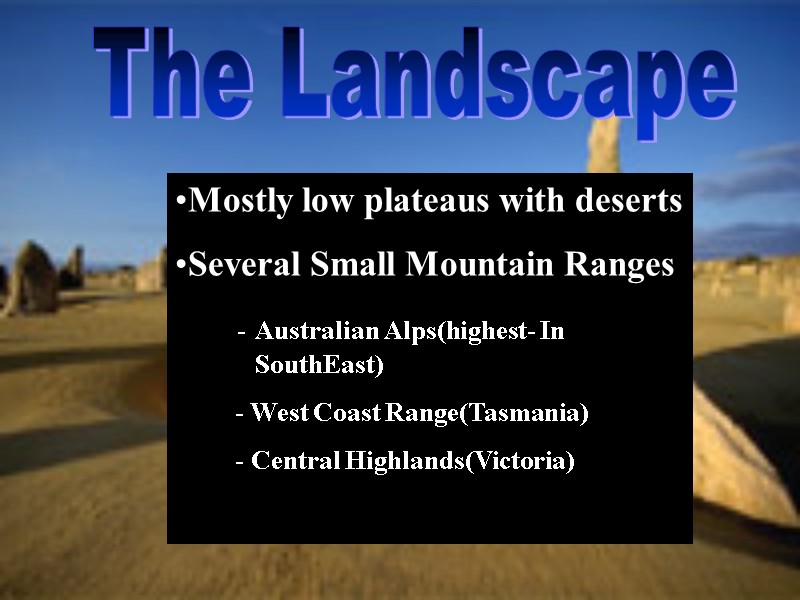
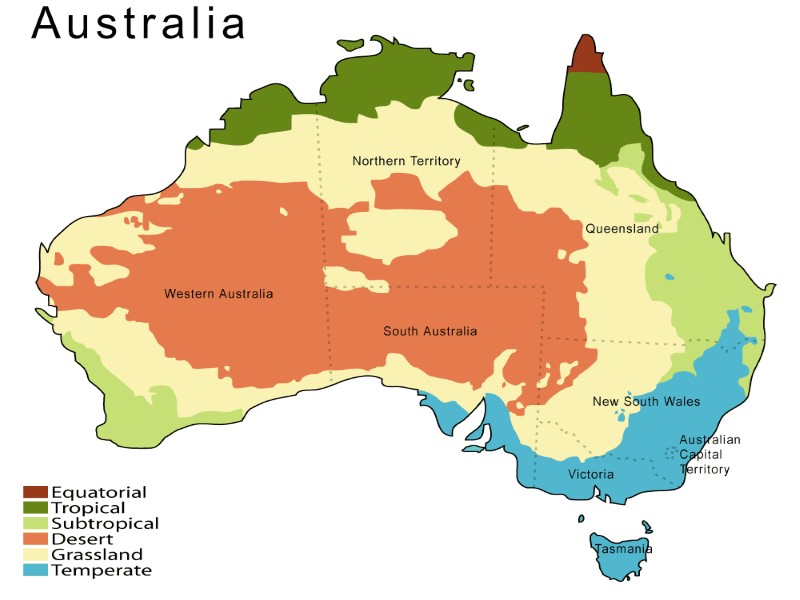
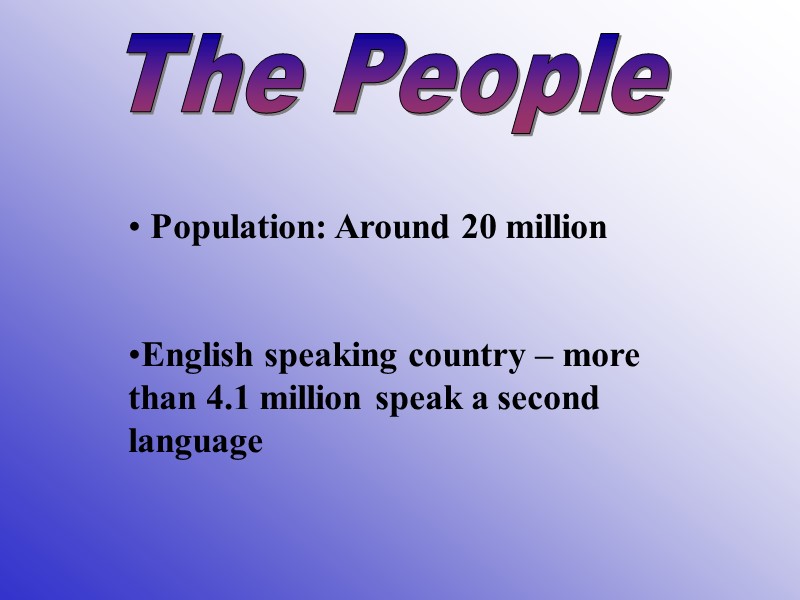
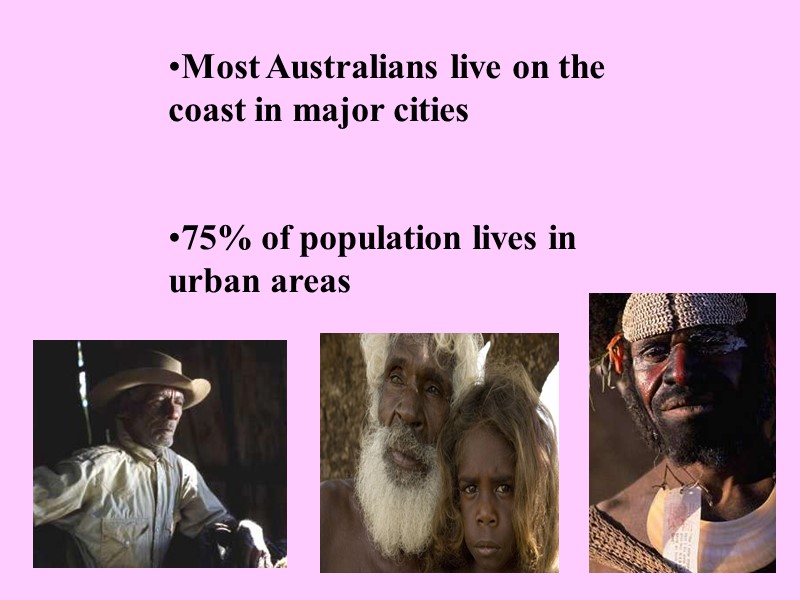


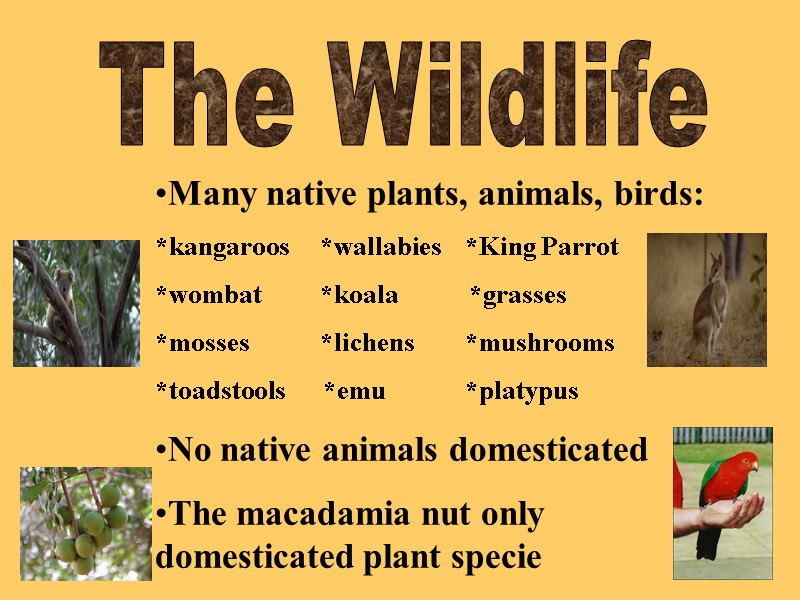

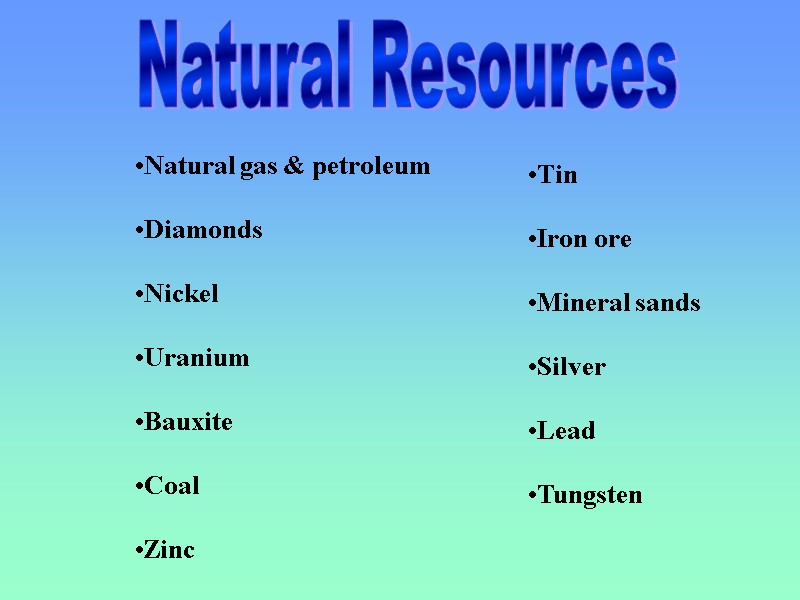
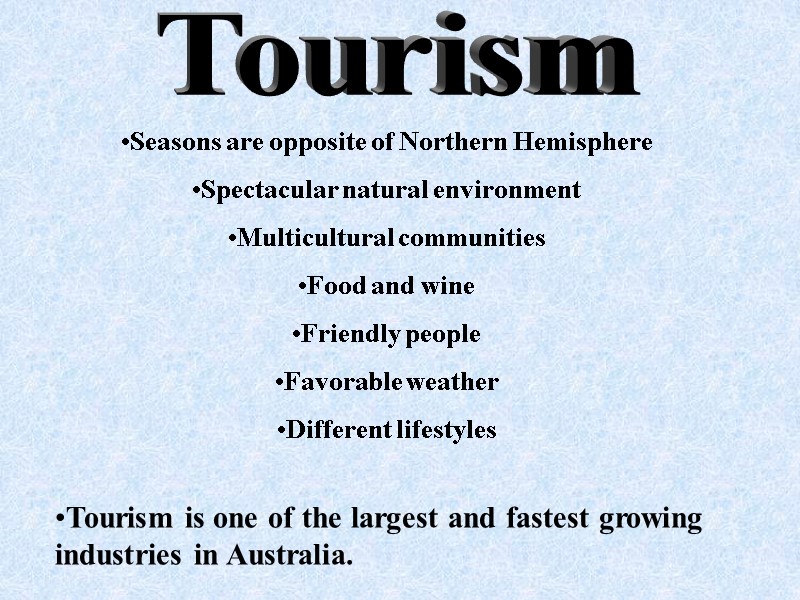
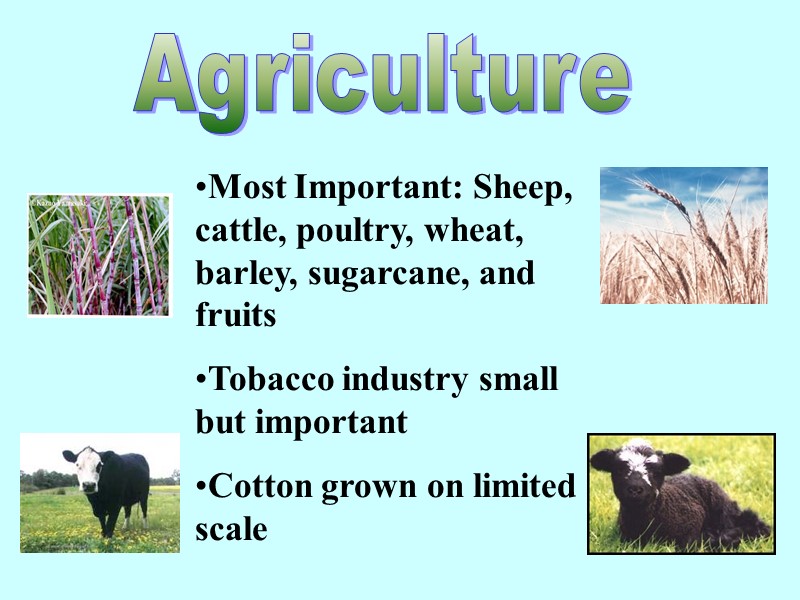
36594-australia_powerpoint.ppt
- Количество слайдов: 24
 Australia
Australia
 Australia's History
Australia's History
 1606-Dutch, Portuguese, and Spanish ships sighted Australia Australia was a part of Godwana 1st inhabitants: Aborigines Migrated there at least 40,000 yrs. ago from Southeast Asia 1616-became known as New Holland Australia-comes from “Terra Australis” 1688-British arrived 1770-Great Britain claimed possession, calling it New South Wales
1606-Dutch, Portuguese, and Spanish ships sighted Australia Australia was a part of Godwana 1st inhabitants: Aborigines Migrated there at least 40,000 yrs. ago from Southeast Asia 1616-became known as New Holland Australia-comes from “Terra Australis” 1688-British arrived 1770-Great Britain claimed possession, calling it New South Wales
 3 island territories in the Pacific: Norfolk Island Christmas Island Cocos Islands Only nation to occupy an entire continent Flattest and (after Antarctica) driest of continents North: rainforests and vast plains South East: snowfields Centre: desert East, South, and South West: fertile croplands Geography
3 island territories in the Pacific: Norfolk Island Christmas Island Cocos Islands Only nation to occupy an entire continent Flattest and (after Antarctica) driest of continents North: rainforests and vast plains South East: snowfields Centre: desert East, South, and South West: fertile croplands Geography
 Geography (cont’d) 6th largest nation The Capital is Canberra Relatively small population Only nation to govern an entire continent and its outlying islands Federation: 6 states, 2 territories Largest state: Western Australia 1/3 of the country lies in the tropics
Geography (cont’d) 6th largest nation The Capital is Canberra Relatively small population Only nation to govern an entire continent and its outlying islands Federation: 6 states, 2 territories Largest state: Western Australia 1/3 of the country lies in the tropics
 Six Colonies Free settlers and former prisoners established six colonies: New South Wales-1786 Tasmania-1825 Western Australia-1829 South Australia-1834 Victoria-1851 Queensland-1859
Six Colonies Free settlers and former prisoners established six colonies: New South Wales-1786 Tasmania-1825 Western Australia-1829 South Australia-1834 Victoria-1851 Queensland-1859
 Attractions/Important Economic Enterprises Famous weapon: Aborigine’s boomerang Gold rushes/mining Sheep farming Grain
Attractions/Important Economic Enterprises Famous weapon: Aborigine’s boomerang Gold rushes/mining Sheep farming Grain
 Liberal Legislation Free compulsory education Protected trade unionism w/industrial conciliation and arbitration Secret ballot Women’s suffrage Maternity allowances Sickness and old-age pensions
Liberal Legislation Free compulsory education Protected trade unionism w/industrial conciliation and arbitration Secret ballot Women’s suffrage Maternity allowances Sickness and old-age pensions
 Australia’s National Anthem “Advance Australia Fair” April 1984-declared national anthem Replaced “God Save the Queen” Same yr.-officially adopted green and gold as its national colors
Australia’s National Anthem “Advance Australia Fair” April 1984-declared national anthem Replaced “God Save the Queen” Same yr.-officially adopted green and gold as its national colors
 National Day “Australia Day”-January 26 1788-Captain Arthur Phillip takes possession of the eastern part of the continent for England He established a settlement, now Australia’s largest city, Sydney
National Day “Australia Day”-January 26 1788-Captain Arthur Phillip takes possession of the eastern part of the continent for England He established a settlement, now Australia’s largest city, Sydney
 Government/Immigration Democracy British monarch-symbolic executive power Culturally diverse society Indigenous peoples Since 1945, over 6 million people from 200 countries have come to Australia as new settlers. Vietnam, Greece, China, and UK Immigration policies Non-discriminatory
Government/Immigration Democracy British monarch-symbolic executive power Culturally diverse society Indigenous peoples Since 1945, over 6 million people from 200 countries have come to Australia as new settlers. Vietnam, Greece, China, and UK Immigration policies Non-discriminatory
 Government Practices reflect British and North American models but still unique Parliamentary system -Queen Elizabeth II Governments of states and territories responsible for matters not assigned to commonwealth.
Government Practices reflect British and North American models but still unique Parliamentary system -Queen Elizabeth II Governments of states and territories responsible for matters not assigned to commonwealth.
 Government divided into 3 branches: 1. Legislature 2. Executive 3. Judiciary National General Election must be held within 3 years of first meeting of new federal parliament. 1 vote per person voting system Prime minister nominates members to serve on Cabinet – John Howard Federal Parliament has Senate and House of Representatives. Three major political parties: Labor Party, Liberal Party, National Party
Government divided into 3 branches: 1. Legislature 2. Executive 3. Judiciary National General Election must be held within 3 years of first meeting of new federal parliament. 1 vote per person voting system Prime minister nominates members to serve on Cabinet – John Howard Federal Parliament has Senate and House of Representatives. Three major political parties: Labor Party, Liberal Party, National Party
 The Landscape Mostly low plateaus with deserts Several Small Mountain Ranges - Australian Alps(highest- In SouthEast) - West Coast Range(Tasmania) - Central Highlands(Victoria)
The Landscape Mostly low plateaus with deserts Several Small Mountain Ranges - Australian Alps(highest- In SouthEast) - West Coast Range(Tasmania) - Central Highlands(Victoria)

 The People Population: Around 20 million English speaking country – more than 4.1 million speak a second language
The People Population: Around 20 million English speaking country – more than 4.1 million speak a second language
 Most Australians live on the coast in major cities 75% of population lives in urban areas
Most Australians live on the coast in major cities 75% of population lives in urban areas
 The economy Stable Skilled Workforce Strong & Competetive High Growth Low Inflation & Interest Rate
The economy Stable Skilled Workforce Strong & Competetive High Growth Low Inflation & Interest Rate
 Efficient Government Flexible Labor Market Very Competitive Business Sector Workforce of 10 million highly trained Almost half of workforce has university, trade, or diploma qualifications. Monetary System based on Australian dollar Weights and measures based on the metric system
Efficient Government Flexible Labor Market Very Competitive Business Sector Workforce of 10 million highly trained Almost half of workforce has university, trade, or diploma qualifications. Monetary System based on Australian dollar Weights and measures based on the metric system
 The Wildlife Many native plants, animals, birds: *kangaroos *wallabies *King Parrot *wombat *koala *grasses *mosses *lichens *mushrooms *toadstools *emu *platypus No native animals domesticated The macadamia nut only domesticated plant specie
The Wildlife Many native plants, animals, birds: *kangaroos *wallabies *King Parrot *wombat *koala *grasses *mosses *lichens *mushrooms *toadstools *emu *platypus No native animals domesticated The macadamia nut only domesticated plant specie
 The Industries Mining Food Processing Chemicals Steel Industrial & Transportation Equipment Wine
The Industries Mining Food Processing Chemicals Steel Industrial & Transportation Equipment Wine
 Natural Resources Natural gas & petroleum Diamonds Nickel Uranium Bauxite Coal Zinc Tin Iron ore Mineral sands Silver Lead Tungsten
Natural Resources Natural gas & petroleum Diamonds Nickel Uranium Bauxite Coal Zinc Tin Iron ore Mineral sands Silver Lead Tungsten
 Tourism Seasons are opposite of Northern Hemisphere Spectacular natural environment Multicultural communities Food and wine Friendly people Favorable weather Different lifestyles Tourism is one of the largest and fastest growing industries in Australia.
Tourism Seasons are opposite of Northern Hemisphere Spectacular natural environment Multicultural communities Food and wine Friendly people Favorable weather Different lifestyles Tourism is one of the largest and fastest growing industries in Australia.
 Agriculture Most Important: Sheep, cattle, poultry, wheat, barley, sugarcane, and fruits Tobacco industry small but important Cotton grown on limited scale
Agriculture Most Important: Sheep, cattle, poultry, wheat, barley, sugarcane, and fruits Tobacco industry small but important Cotton grown on limited scale

